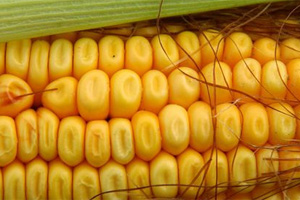Panama: Govt. removes US corn import restrictions

Timely action by the US Grains Council, US Department of Agriculture and the Office of the US Trade Representative has averted a patently protectionist seasonal market closure in Panama, keeping this important market open for US corn exports.
In September, the Panamanian government published regulations governing quota administration for US corn imports under the Panama – US Free Trade Agreement (FTA). Unfortunately the Panamanian government decided to exploit a loophole in the FTA and closed the imports of corn for three and a half months (January through April 15, 2014) in a move that was counter to the spirit of the agreement. This time period coincides with the harvest of the local corn crop and was an obvious effort to subvert the FTA in order to protect local corn producers and force the Panamanian feed industry to buy local corn.
The Council alerted the USDA and the US Trade Representative’s office of this move and outlined how this action restricted and was burdensome to trade between Panama and the United States. Despite being shorthanded due to the ongoing furlough of vital staff during the US government shutdown, US government officials sprang into action. As a result of the combined efforts of the Council, Panamanian industry and the US government, the Panamanian government issued a new resolution removing any restrictions on US corn imports in 2014.
Under the FTA, Panama will import 316,000 metric tons (12.4 million bushels) of U.S. corn in 2014 with an export value of approximately $63 million. The Panamanian livestock sector imports more than 25,000 tons (9.8 million bushels) of US corn per month to feed their growing poultry and swine sectors. Pro-rated for the period of the proposed Panamanian market closure, the proposed restrictions would have impacted more than 80,000 tons (3.1 million bushels) of corn imports with an estimated export value of $16 million.
This resolution ensures that US corn producers and exporters will be able to participate in the benefits provided by the FTA between the United States and Panama. It also comes at a critical time as US. corn exporters begin to recapture lost market share in Panama with a record US corn crop that’s beginning to flood the export channels.
US Grains Council











